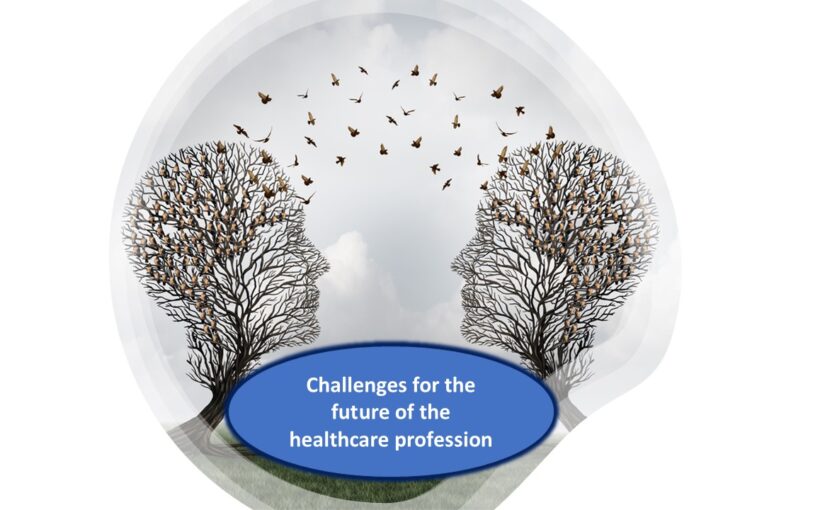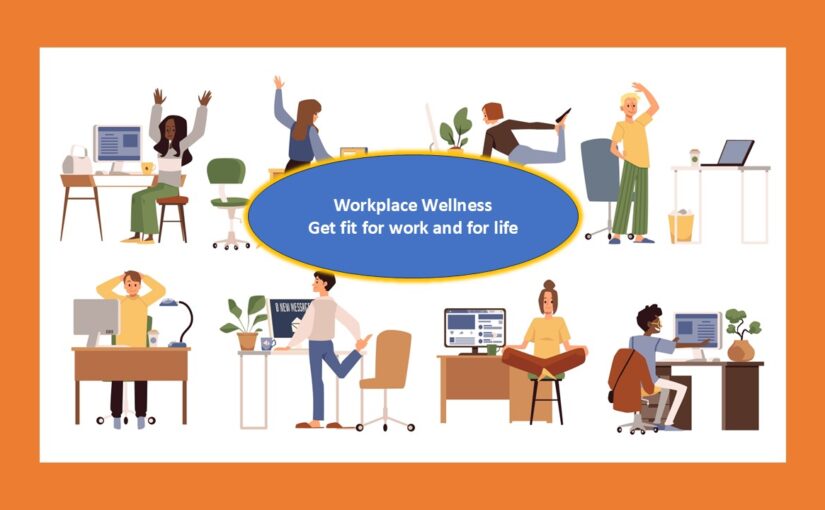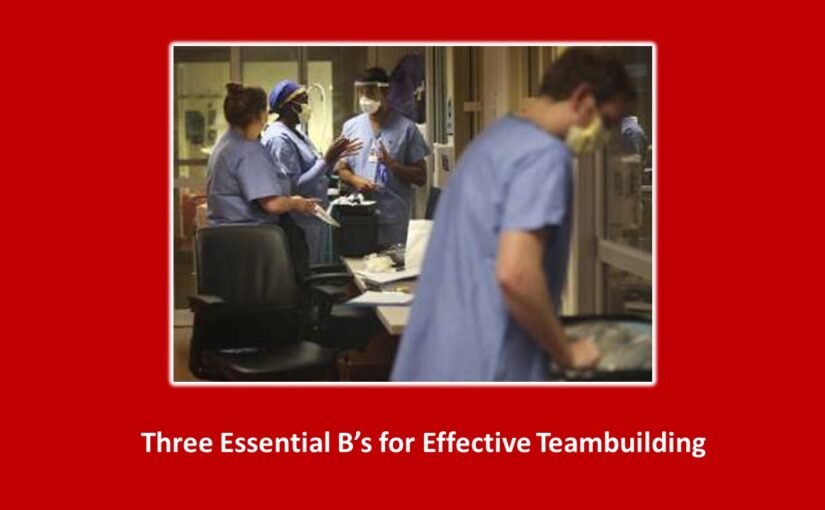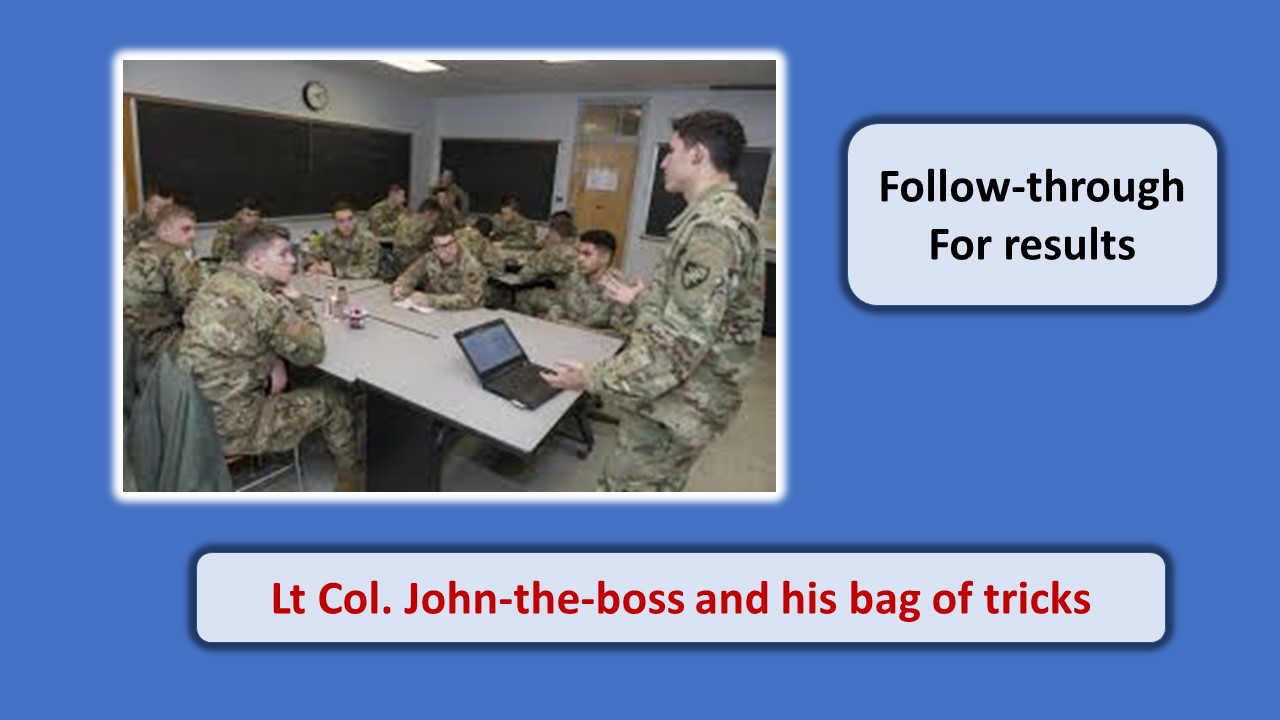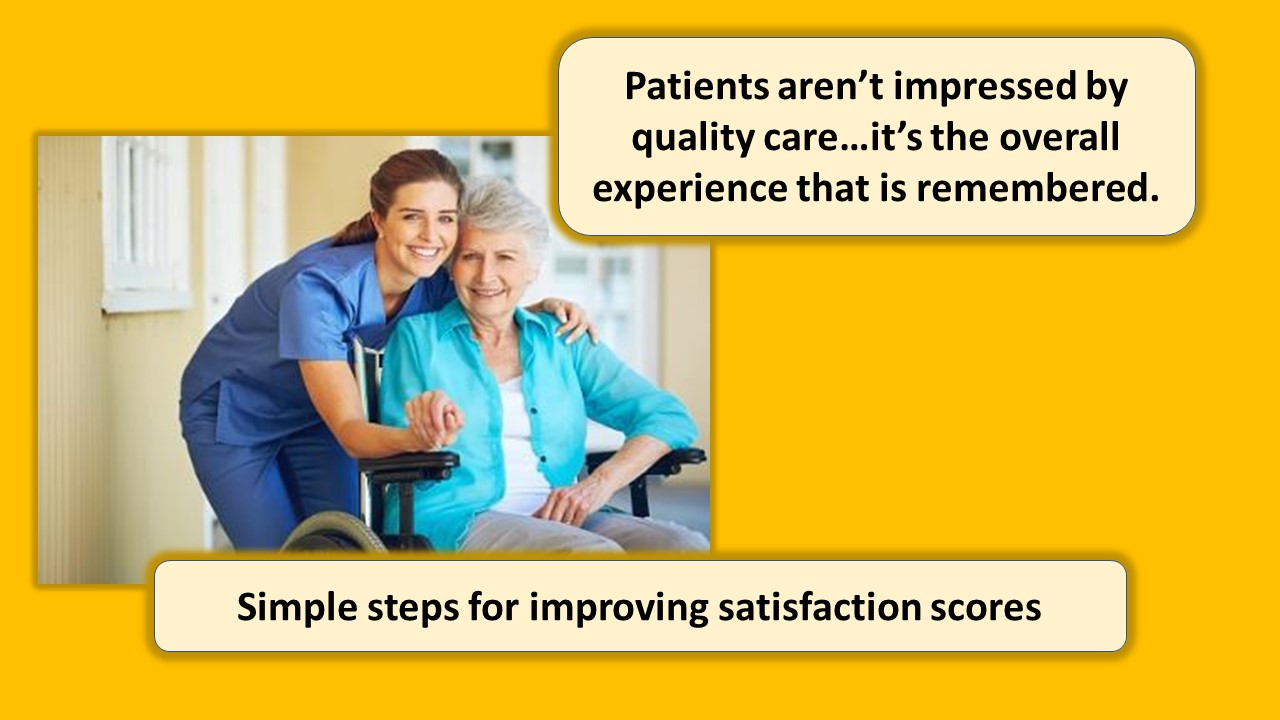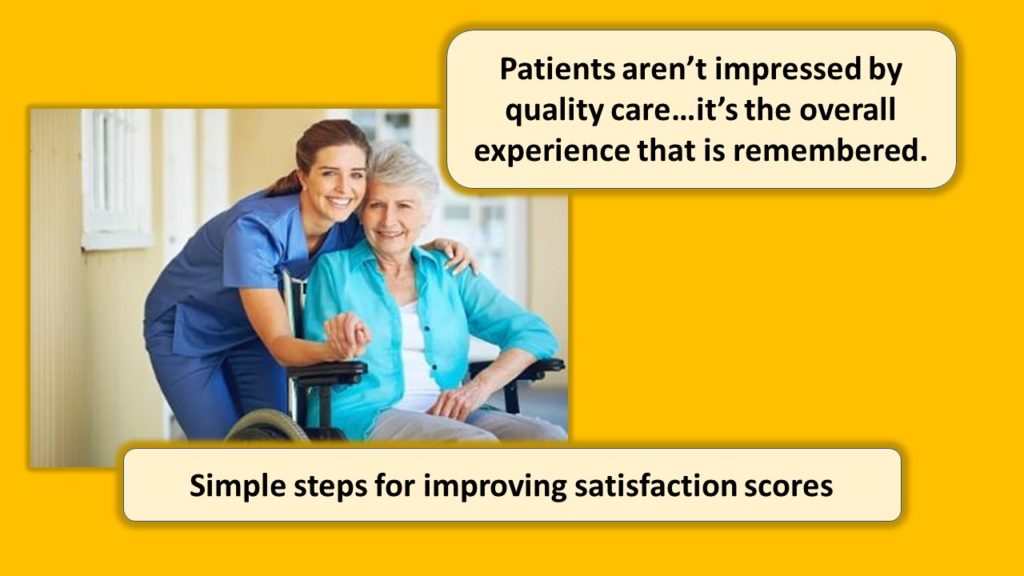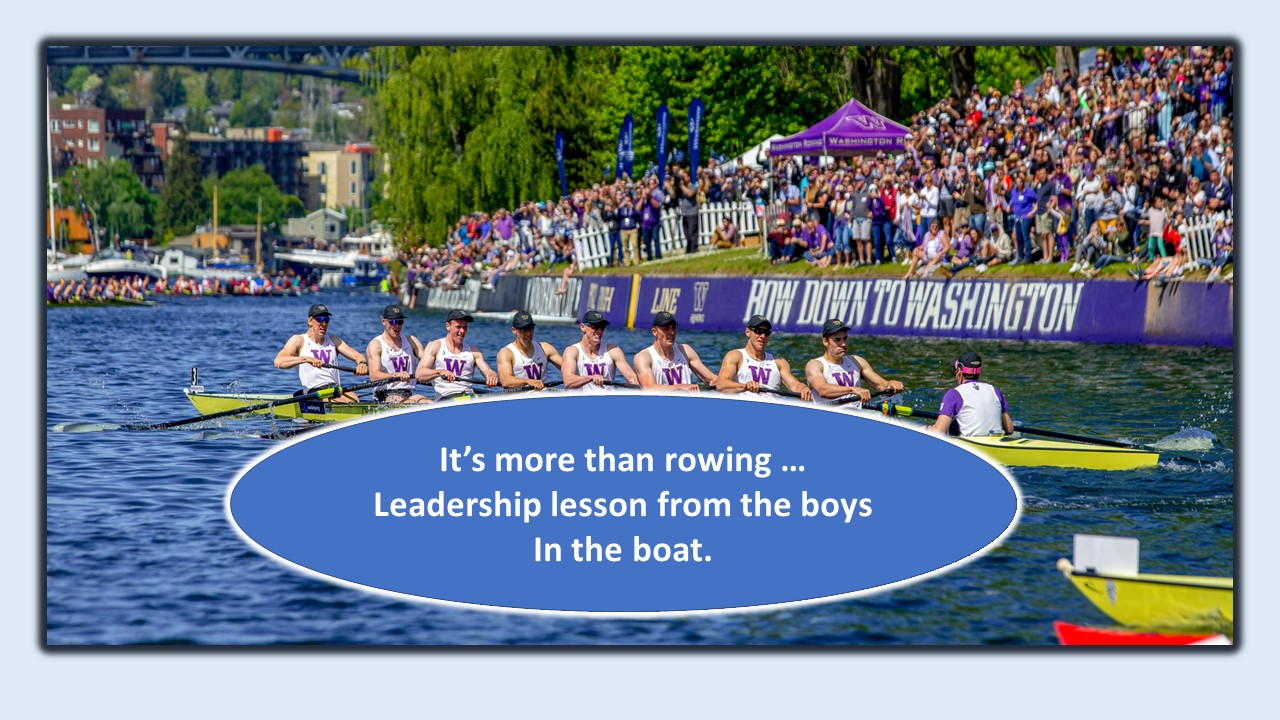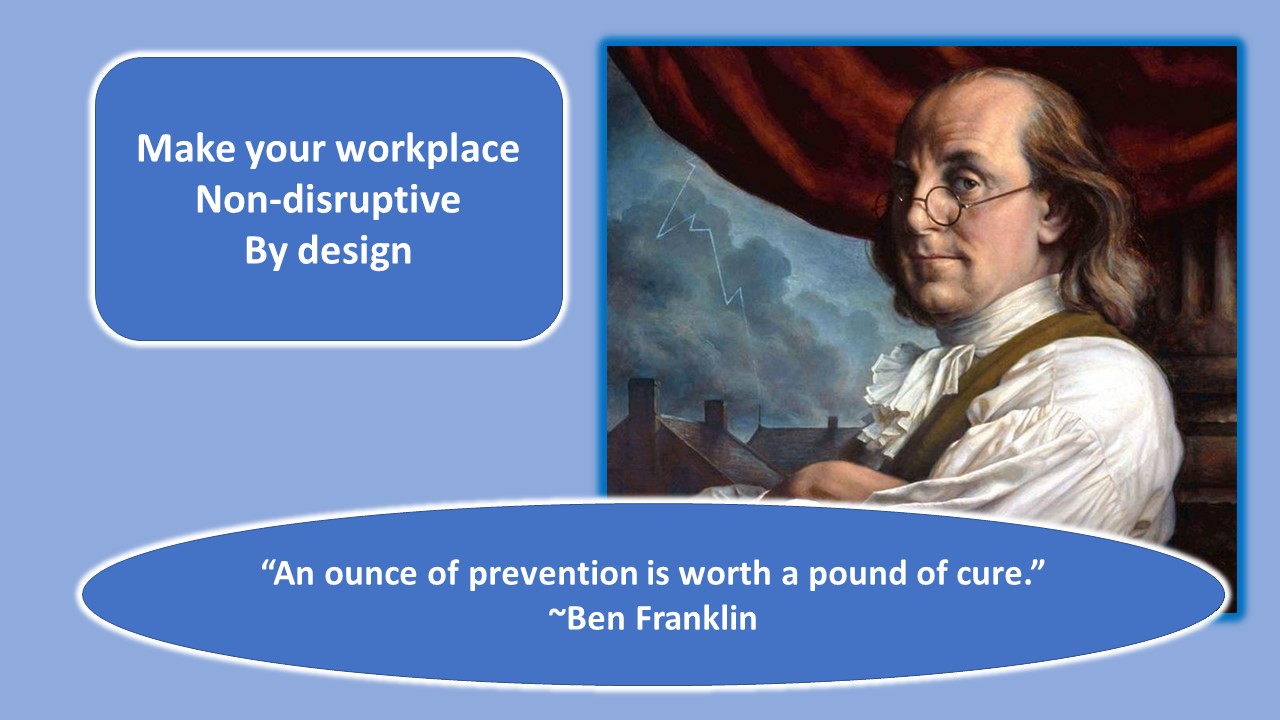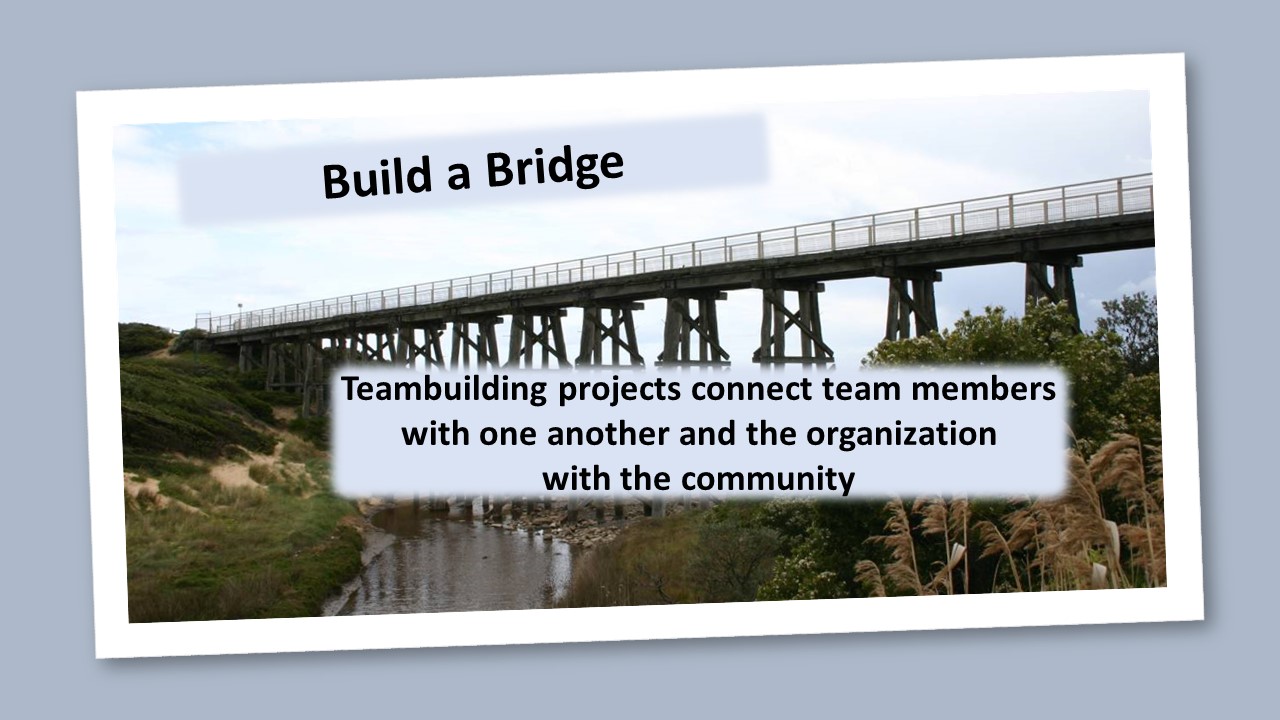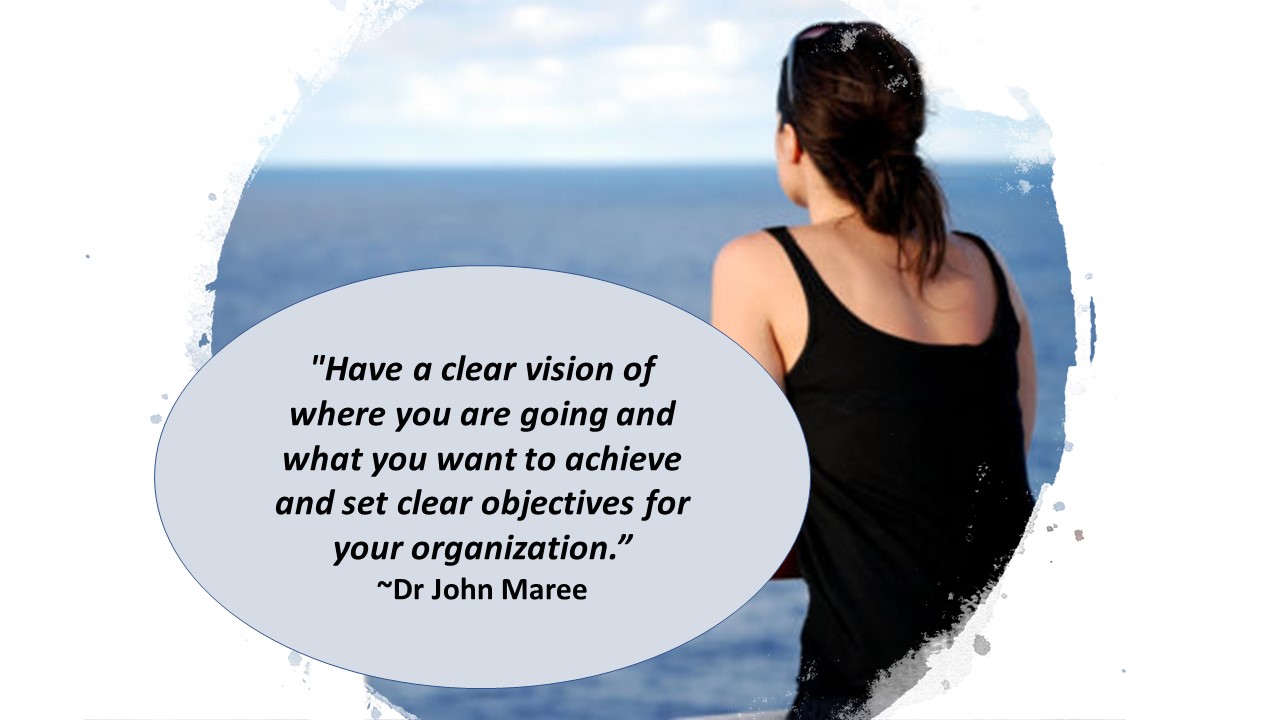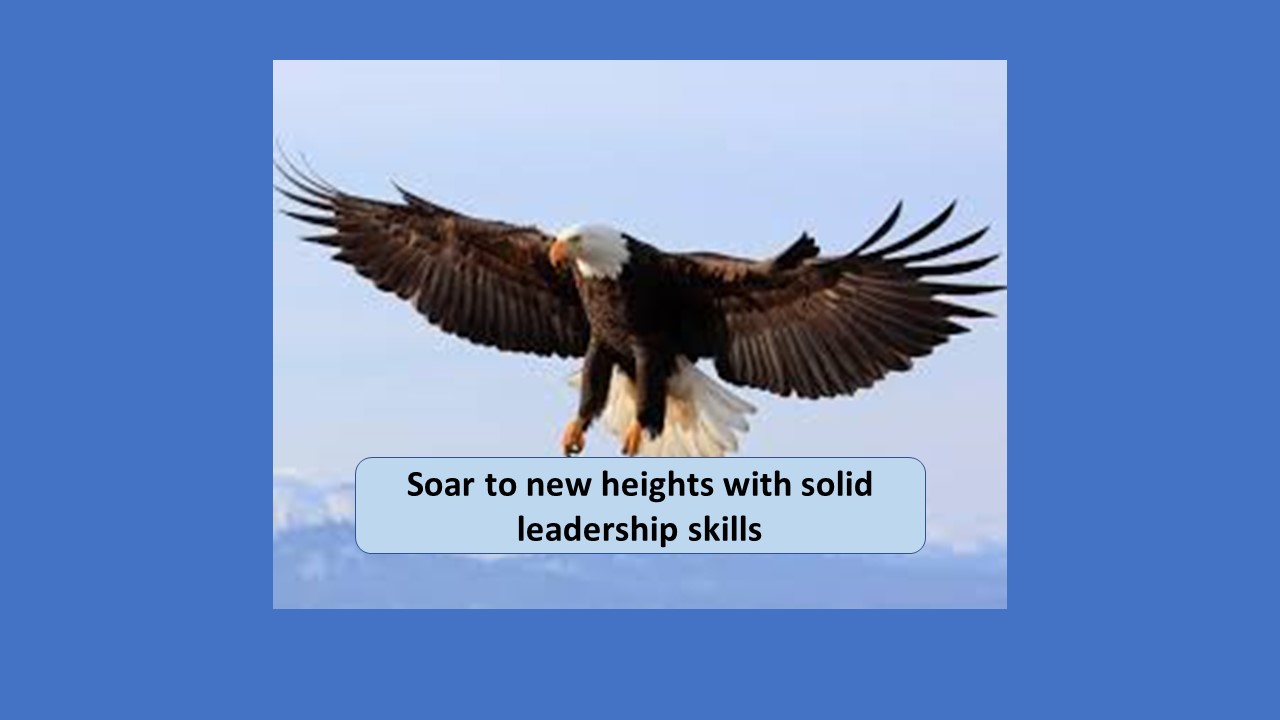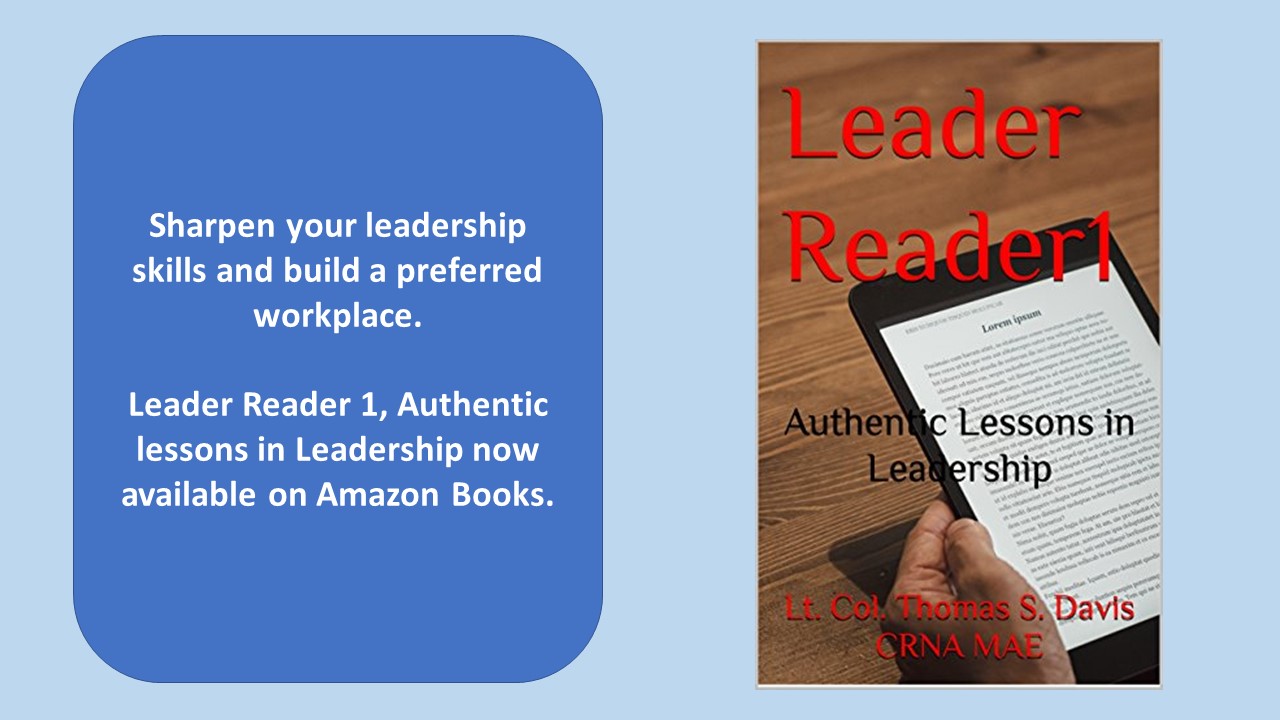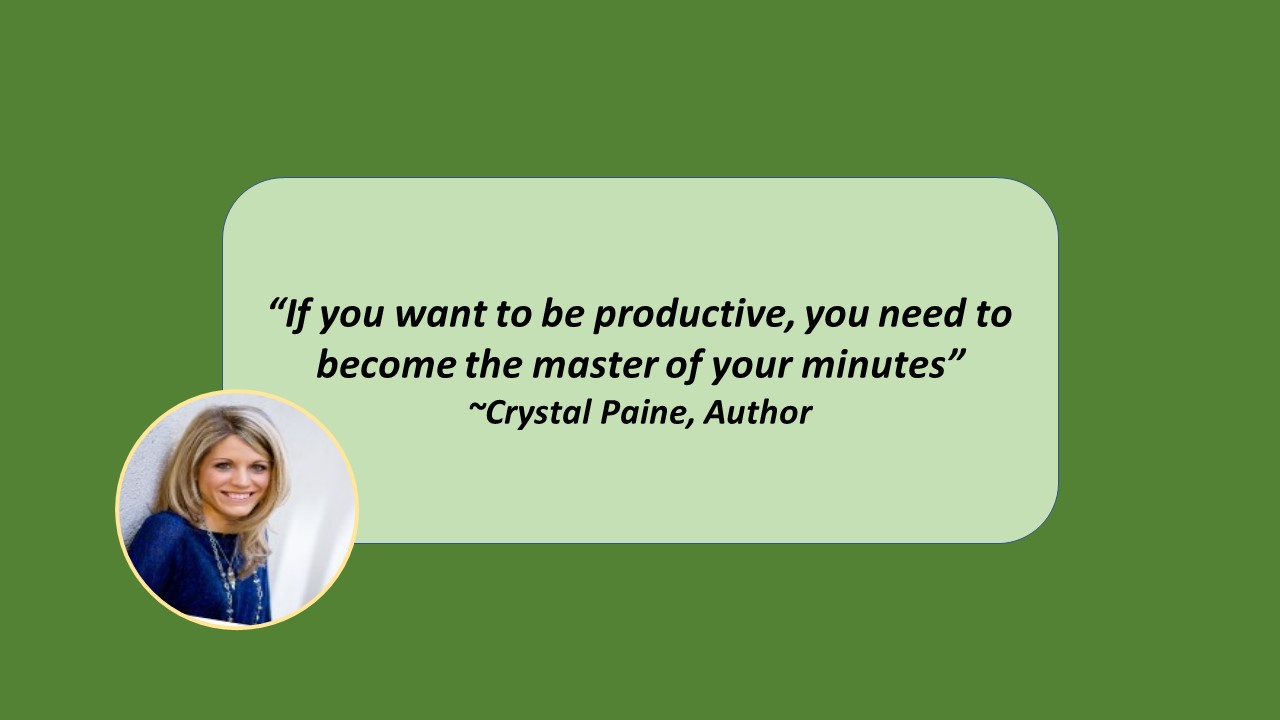Future Challenges for CRNAs
By Thomas Davis, DNAP, MAE, CRNA
After over 4 decades of working as a CRNA, I have reached “senior” status, and I am amazed at the challenges that we have collectively faced and conquered over the span of my career. Back in the day, I was trained on the Ohio 2000 machine using pentothal for induction, Sux for intubation and Pavulon as the primary relaxant. We’ve come a long way. As practice changed, so did the politics of anesthesia and the healthcare industry in general. Without exception, CRNAs stepped up and to face challenges and leave our profession in a better position.
The adage that the only constant is change is just as true now as when the words were first said. So, what will change look like for the future of Nurse Anesthesiology practice?
I have the privilege of teaching a healthcare leadership course to SRNAs at the Medical University of South Carolina. At the completion of the course, students were asked to speculate on the greatest challenges that our profession would face in the upcoming years. Below is a compilation of the responses from the students.
Full scope of practice. The top challenge for the profession as perceived by the students is to attain full scope of practice for all CRNAs in every state. CRNAs are highly skilled anesthesia providers who are proficient in every aspect of providing anesthesia care, including ultrasound guided nerve blocks, and should be allowed to use the skills that they have attained. Ongoing work must be completed in every state to remove the requirement for physician supervision thus enabling CRNAs to independently care for patients.
Promoting our profession. MUSC students perceive promoting the profession as a critical activity to ensure the confidence of patients, surgeons, and other health professionals. Three avenues for promoting the profession emerged from student feedback. First, we live in a world that is dominated by social media, podcasts, and headline news. The students foresee individual CRNAs taking advantage of technology to promote their practice and their profession. In addition, the students identify leadership development as a means to promote the profession. Finally, the students believe that the best grassroots way to promote the profession is to connect with each individual patient, let them know that we are nurse anesthesiologists, and give them exceptional patient care.
Creating a positive workplace culture. The fast-paced, production-oriented workplace can lead to burnout and disgruntled workers in short order. The students recognize the worth of creating a positive workplace where diversity and inclusion are a way of life rather than an annual learning module and where everyone is valued. Sensitivity to second victim situations and support for colleagues who experience difficult cases was also identified as an important component of a positive workplace culture.
Nurse versus physician anesthesiology politics. Despite the common goals and practice techniques shared by the AANA and the ASA, political turf battles continue with physicians constantly seeking to control and limit CRNA practice. The students foresee that this will continue and that it is incumbent on each individual to work with state and national organizations to stand united for the practice rights of CRNAs.
Use of Technology. Technology drives the way that we live our lives and with the exponential growth of artificial intelligence, the influence of technology will become even greater. Students foresee AI influencing every aspect of anesthesia practice, including needle placement for ultrasound guided nerve blocks. The potential for pharmacogenetic profiles to influence drug selection and dosage is on the near horizon and will influence our practice. A personal concern that I have is that as AI guides our practice, it narrows the gap between CRNAs and AAs.
The challenges above were identified by SRNAs in training who have yet to become certified and work on the front line. What are the thoughts of those who work daily providing anesthesia services to patients across the country? Do you agree with the student and what would you add to their list. Finally, what will you do about it? Will you become involved with your state and national organizations to help face the challenges and address the issues?
Tom is an experienced leader, educator, author, and requested speaker. Click here for a video introduction to Tom’s talk topics.
